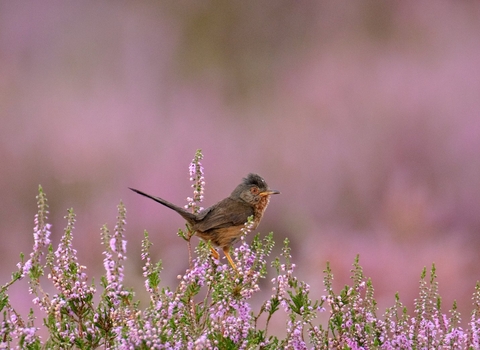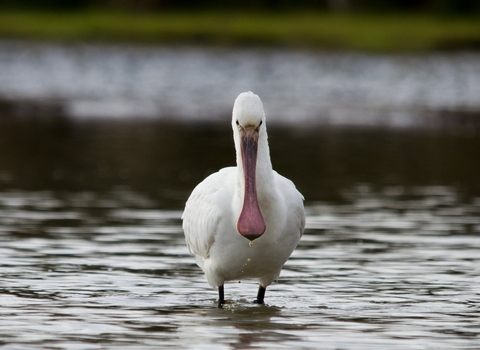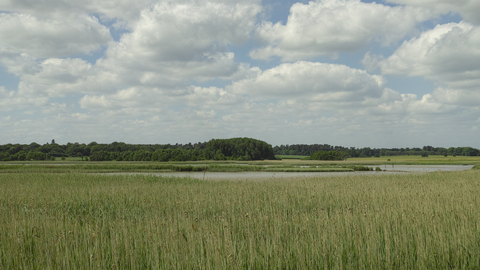
Snape Marshes by Steve Alward
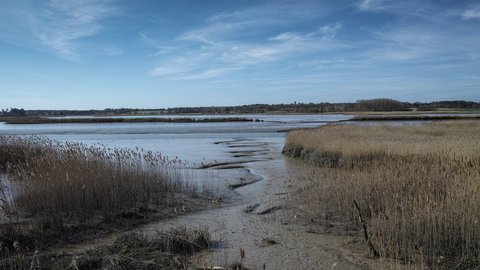
By Steve Aylward
By Steve Aylward
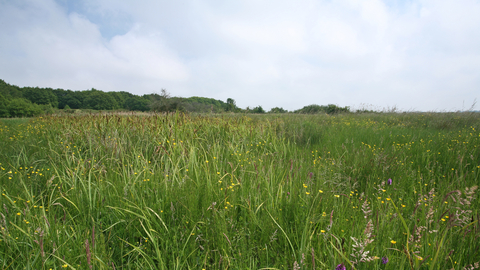
By Steve Aylward
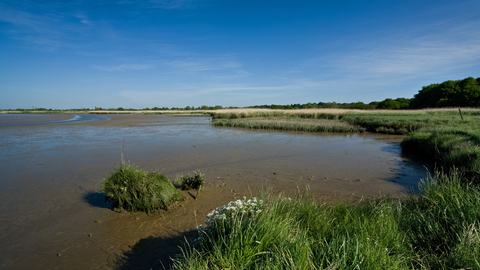
By Steve Aylward
Snape Marshes Nature Reserve
Know before you go
Dogs
When to visit
Opening times
Open at all timesBest time to visit
April to SeptemberAbout the reserve
Nestled in the ship-like shadow of the famous Maltings on the north bank of the River Alde, Snape Marshes is a place of wildlife wonder and true diversity. Parking at Priory Road, just past the Golden Key pub, the reserve can be reached by turning right past allotments and following a public footpath that snakes into the reserve.
For a site of only 75 acres, there is a huge range of habitat – ranging from beautiful veteran oaks to dry heathland edge and reed-filled marshes. This mix of conditions means all four species of reptile found in Suffolk – adder, common lizard, grass snake and slow worm – are abundant at Snape, while barn owl, hobby and marsh harrier are also routinely seen.
The marshes are criss-crossed with freshwater dykes that create a network of open water and reedy edges perfect for otters, while at low tide, large numbers of waders gather to feed from the rich gloopy mud of the estuary mudflats. This is also the time when it’s possible to see the blue green blur of a kingfisher hunting, calling with a shrill whistle – its afterburners on full. With spring, the marshes break into flower, the colours a testament to the botanical richness that has developed through centuries of grazing. This land is still worked to this day, the cattle helping to keep back scrub and retain marshland.
A walk in the autumn and winter is just as rewarding though, with the low sunlight sending pencil-lines of shadow shooting through the reeds. For the Trust, the purchase of Snape Marshes in 2009 was an important step towards the creation of a Living Landscape – the linking of habitats between the Blyth and Alde estuaries to create what is Suffolk’s largest unbroken tract of semi-natural wildness.
But Snape Marshes is also an important reminder of the link between culture and nature and how these places are also lived landscapes that inspire and provoke wonder in the people who dwell, work and visit here.
Snape Marshes benefited from gifts in the wills of Elizabeth and Frank Chrenko and Gloria Ford.

